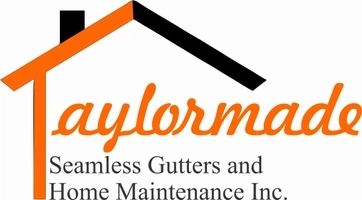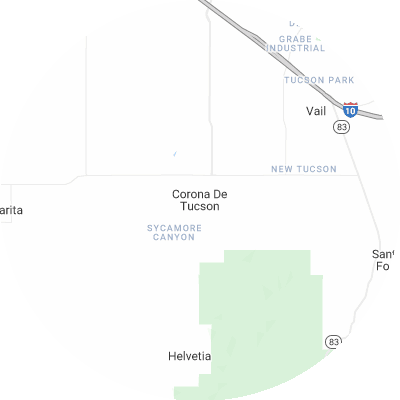Signs You May Need Gutter Guards
Gutter guards aren’t always necessary, but indicators of blocked and overflowing gutters are clear. Signals of chronic gutter issues include:
- Mold growth, interior wall stains, or peeling exterior paint on walls near gutters.
- Soggy ground or visible erosion patterns around your foundation
- Frequent clogs that cause overflow and water to spill over gutters
- Visibly damaged, sagging, or misaligned gutters that no longer direct rainwater correctly
- Leaky joints or seams where water leaks from the gutters
How To Choose a Gutter Guard Installer
Assess Their Experience
The right installation company will have extensive experience, including many years in business and experience with several brands and models. Experienced companies can properly measure and fit gutter guards to meet your distinct needs. Inquire about how long a company has been providing installations and request referrals from local customers.
Verify Proper Licensing and Insurance
When speaking with potential installation providers, always make sure that they are properly licensed, bonded, and insured with both workers compensation and general liability coverage. This protects you if any accidents or injuries occur. Request current licensing and insurance papers from potential providers.
Choose Reputable Brands
Look for well-known gutter guard brands such as LeafFilter and Gutter Helmet when selecting an installer. Avoid generic no-name or off-brand guards, which likely do not undergo the same level of rigorous testing.
Seek Custom Fit Services
Your guards should be custom fitted on location to match your gutters. Choose a company that custom measures and trims guards for your home rather than using generic guards. Guards fitted for your home leave no gaps for debris accumulation.
Examine Warranties
Leading gutter guard companies often offer 20-year or lifetime warranties against leaks, clogs, rust, and other issues. When choosing a company, carefully examine the warranty details for both materials and workmanship guarantees. Warranties provide the best protection for your gutter investment.
Check Reviews and Referrals
Be sure to check online reviews on the Better Business Bureau (BBB), Google Reviews, Yelp, and other review sites to find customer feedback. Ask neighbors which companies they recommend for quality local gutter guard installation. When researching, look for providers with a history of steady positive reviews rather than just a single recommendation.
Types of Gutter Guards
The six typical types of gutter guards are as follows:
- Brush guards are exactly what they sound like: large brush bristles that sit in your gutters to block debris while letting water through. Brush guards cost roughly $4.02 per linear foot.
- Foam guards are light and easy to install. This type of guard catches debris on the foam and keeps it out of your gutter. On average, you can expect to spend $2.44 per linear foot for foam guards.
- Screen guards have large holes that let water through while blocking debris. Screen guards cost around $3.82 per linear foot.
- Mesh guards have smaller holes than screen guards and similarly stop debris while allowing water to flow through. Mesh gutter guards are durable and allow debris to slide off rather than sit on top of your gutters. On average, you can expect to pay $3.69 per linear foot for mesh guards.
- Micro-mesh guards are normally the most effective. They have smaller holes than regular mesh guards, which lets even less debris through. On average, you can expect to pay $4.80 per linear foot for micro-mesh guards.
- Surface tension guards, sometimes called reverse curve guards, use surface tension to let debris slide off while water flows into the gutter. They can typically be seen from the ground. On average, you can expect to spend $2.83 per linear foot for surface tension guards.







